By Doug Ward
Data analytics holds great potential for helping us understand curricula.
By combining data from our courses (rubrics, grades, in-class surveys) with broader university data (student demographics, data from other courses), we can get a more meaningful picture of who our students are and how they perform as they move through our curricula.
Sarah LeGresley Rush and Chris Fischer in the KU physics department offered a glimpse into what we might learn with a broader pool of university data at a departmental colloquim on Monday. LeGresley Rush and Fischer explained analyses suggesting that a shift in the way an early physics class is structured had led to improvements in student performance in later engineering classes.
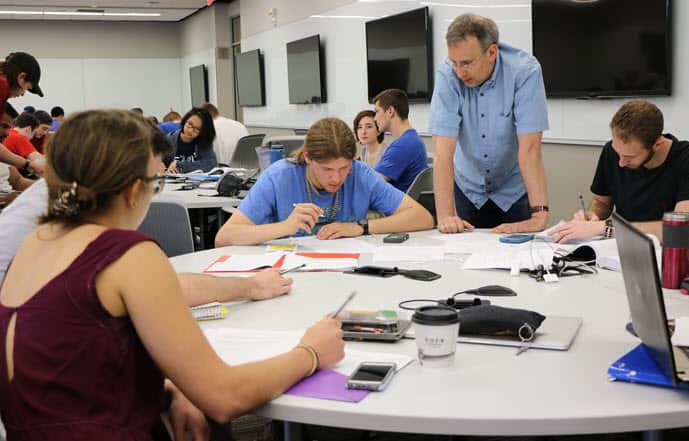
That reference to engineering is correct. Engineering students take introductory physics before many of their engineering classes, and the physics department created a separate class specifically for engineering majors.
A few years ago, Fischer began rethinking the structure of introductory physics because students often struggled with vector mathematics early in the course. In Spring 2015, he introduced what he called an “energy first” approach in Physics 211, focusing on the principle of energy conservation and the use of more applied calculus. The other introductory class, Physics 210, maintained its traditional “force first” curriculum, which explores classical mechanics through the laws of motion and uses little applied calculus. Both classes continued their extensive use of trigonometry and vectors, but Physics 211 adopted considerable material on differentiation and integration, which Physics 210 did not have.
LeGresley Rush, a teaching specialist in physics, joined Fischer, an associate professor, in evaluating the changes in two ways. First, they used results from the Force Concept Inventory, an exam that has been used for three decades to measure students’ understanding of concepts in introductory physics. They also used university analytics to see how students in the two introductory sections fared in a later physics course and in three engineering courses.
In both analyses, students who completed the revised physics courses outperformed students who took the course in the original format. The biggest improvements were among students with ACT math scores below 22. In every grouping of ACT scores they used (22-24, 25-27, 28-30, and above 30), students who took the revised course outperformed those who took the course in the traditional format. Those on the lower end gained the most, though.

They next looked at how students in the two sections of introductory physics did in the next course in the department sequence, General Physics II. The results were similar, but LeGresley Rush and Fischer were able to compare student grades. In this case, students who completed the transformed course earned grades nearly a point higher in General Physics II than those who took the traditional course.
Finally, LeGresley Rush and Fischer used university data to track student performance in three engineering courses that list introductory physics as a requirement: Mechanical Engineering 211 (Statics and Introduction to Mechanics) and 312 (Basic Engineering Thermodynamics), and Civil Engineering 301 (Statics and Dynamics). Again, students who took the revised course did better in engineering courses, this time by about half a grade point.
“Why?” Fischer said in an earlier interview. “We argue that it’s probably because we changed this curriculum around and by doing so we incorporated more applied mathematics.”
He pointed specifically to moving vector mathematics to later in the semester. Vector math tends to be one of the most difficult subjects for students in the class. By helping students deepen their understanding of easier physics principles first, Fischer said, they are able to draw on those principles later when they work on vectors. There were also some changes in instruction that could have made a difference, he said, but all three physics classes in the study had shifted to an active learning format.
Fischer went to great lengths during the colloquium to point out potential flaws in the data and in the conclusions, especially as skeptical colleagues peppered him with questions. As with any such study, there is the possibility for error.
Nonetheless, Fischer and LeGresley Rush made a compelling case that a revised approach to introductory physics improved student learning in later courses. Perhaps as important, they demonstrated the value of university data in exploring teaching and curricula. Their project will help others at KU tackle similar questions.
The physics project is part of a CTE-led program to use university data to improve teaching, student learning, and retention in science, technology, engineering and math courses. The CTE program, which involves seven departments, is funded by a grant from the Association of American Universities. The Office of Institutional Research and Planning has provided data analysis for the teams.
A helpful tool for finding articles blocked by paywalls
A Chrome browser plug-in called Unpaywall may save a bit of time by pointing you to open access versions of online journal articles ensconced behind paywalls.
The plug-in, which is free, works like this:
When you find a journal article on a subscription-only site, Unpaywall automatically searches for an open version of the article. Often these are versions that authors have posted or that universities have made available through sites like KU Scholar Works. If Unpaywall finds an open copy of the article, it displays a green circle with an open lock on the right side of the screen. You click on the circle and are redirected to the open article.
It’s pretty slick. Unpaywall says its database has 20 million open access articles. It was integrated into Web of Science last year and is now part of many library systems.
Scott Hanrath, associate dean of libraries, said KU Libraries integrated a version of UnPaywall into its system in late 2016. If the “Get at KU” database doesn’t find a match for a source that libraries has access to, it tries the UnPaywall database as an alternative and provides a link if an open version of the article is available.
The Get at KU function is especially helpful in online searches, and the additional database opened even more options for finding articles quickly. I added UnPaywall to my search toolkit, as well. It seems like a useful addition, especially when I’m off campus.
You can read more about Unpaywall in a recent issue of Nature.
Doug Ward is the associate director of the Center for Teaching Excellence and an associate professor of journalism. You can follow him on Twitter @kuediting.

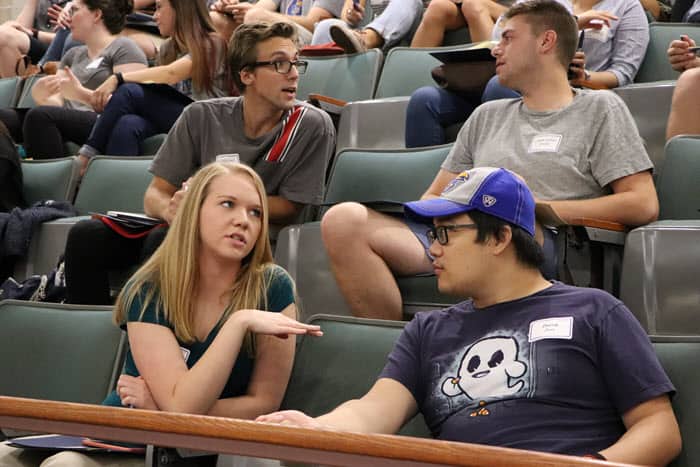

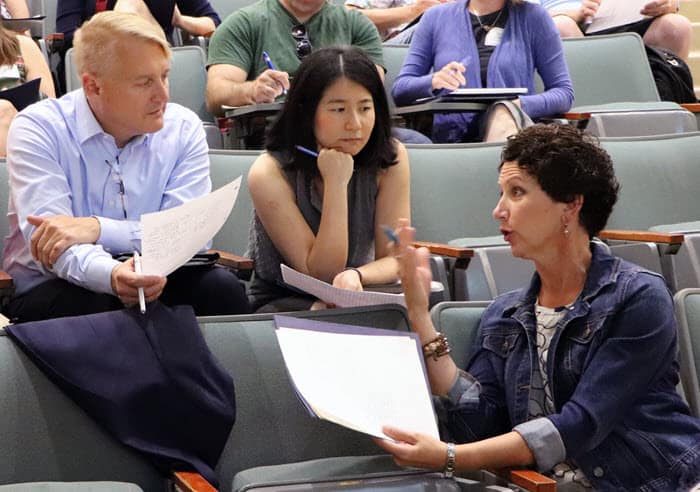
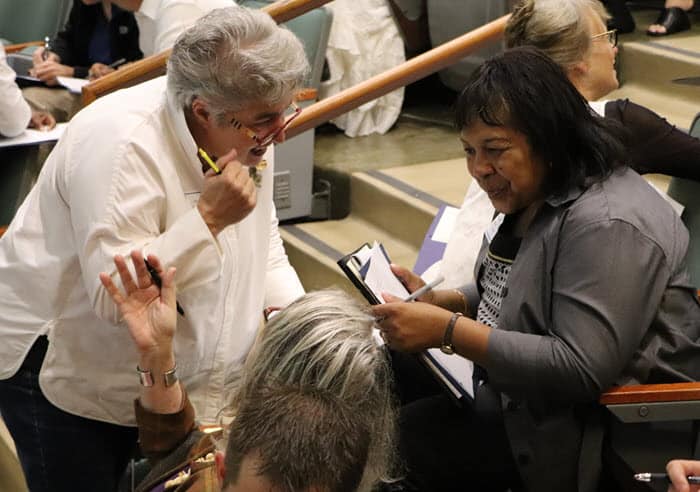
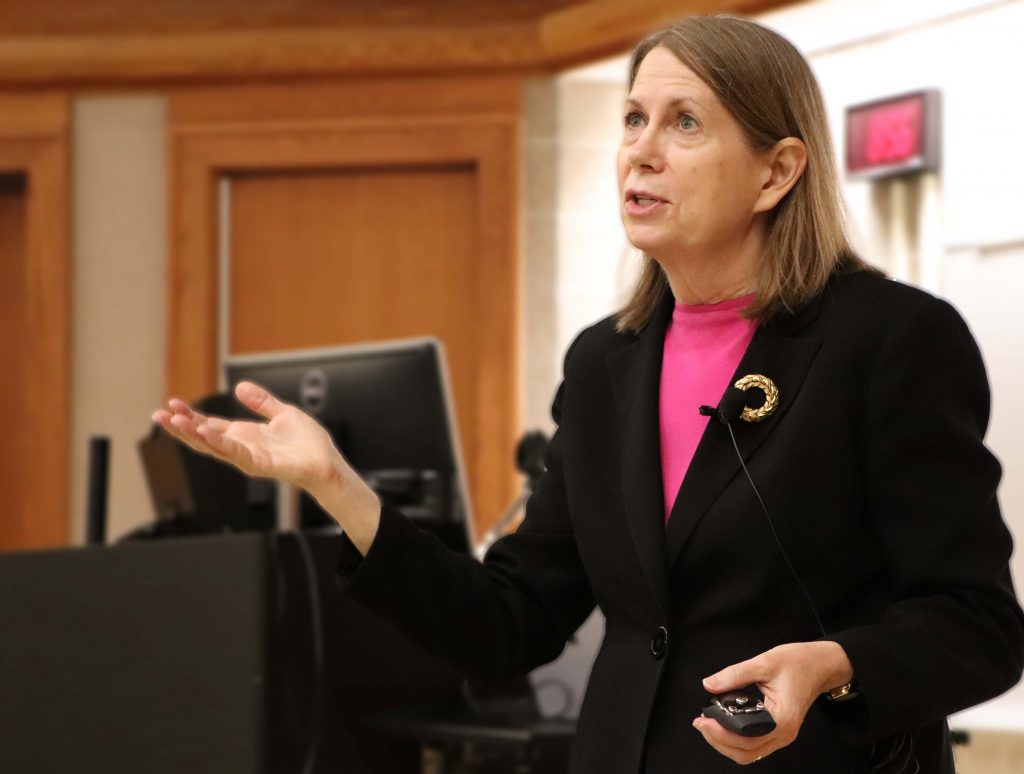




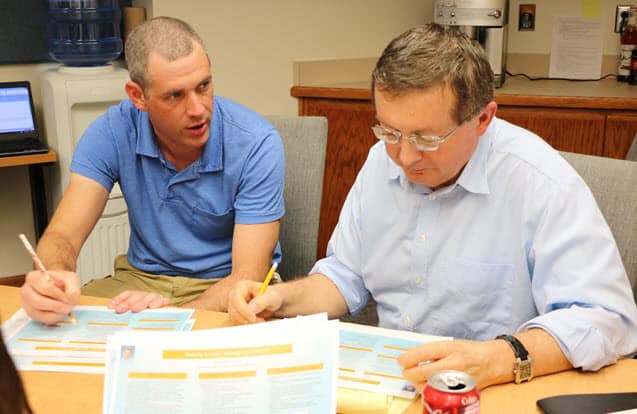
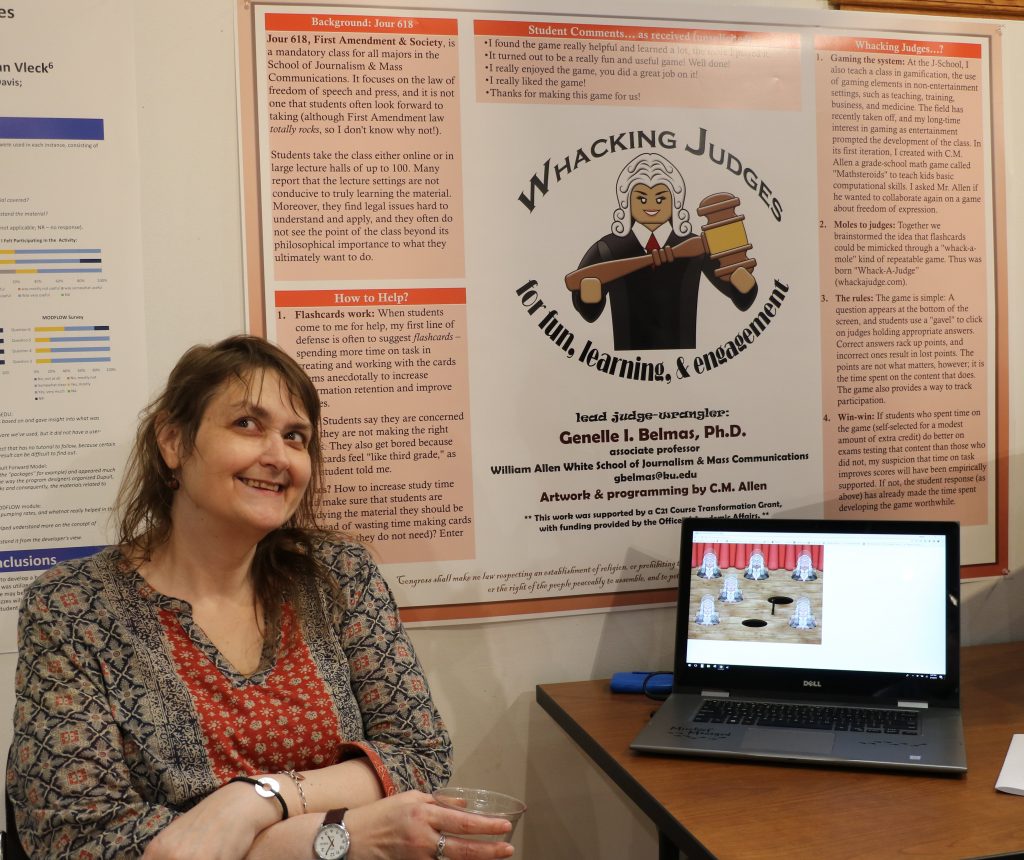


Recent Comments